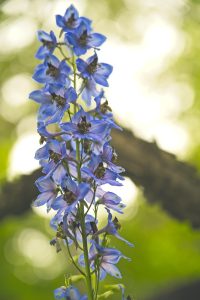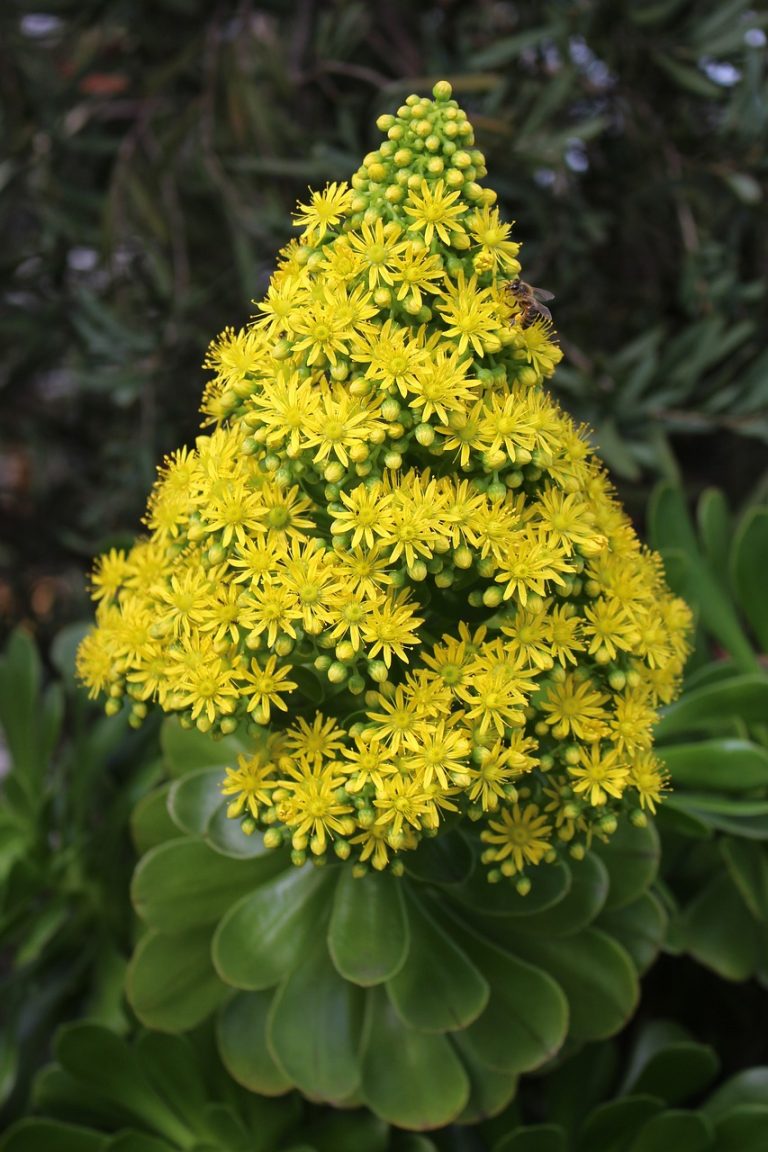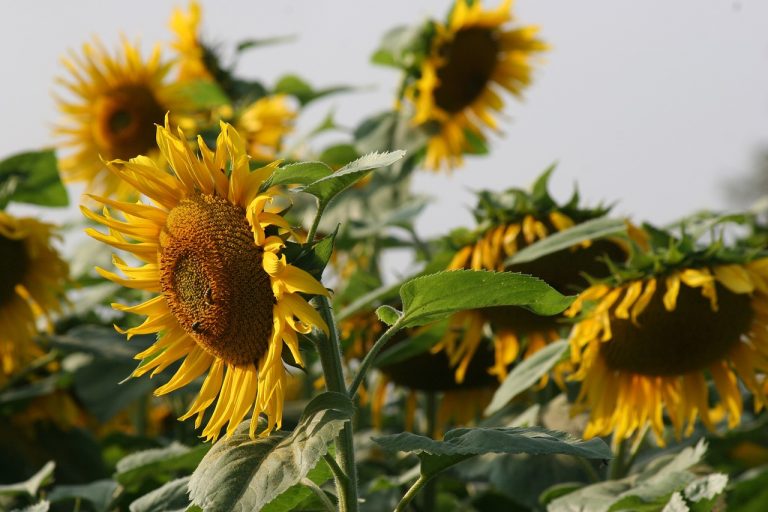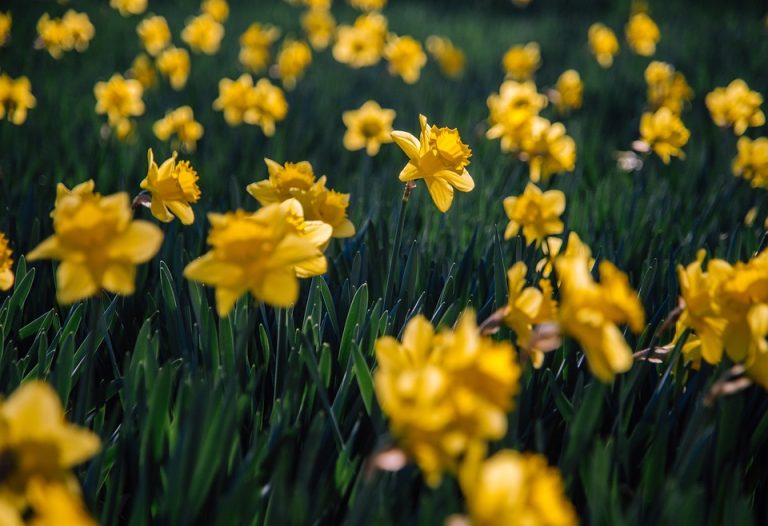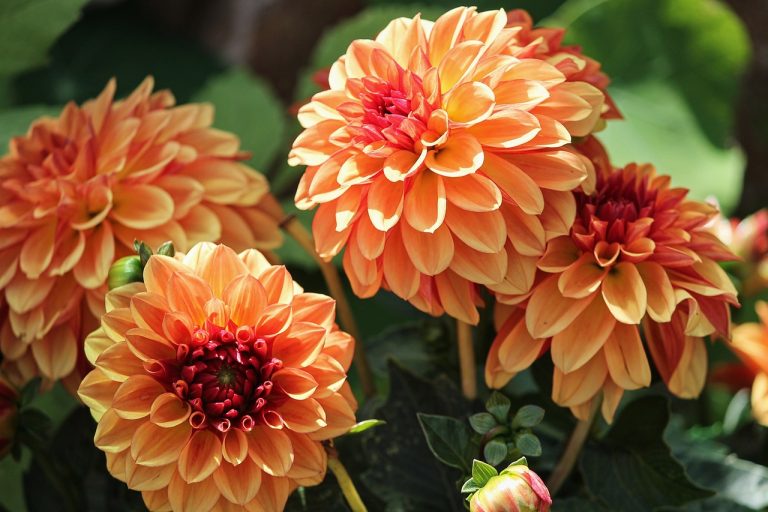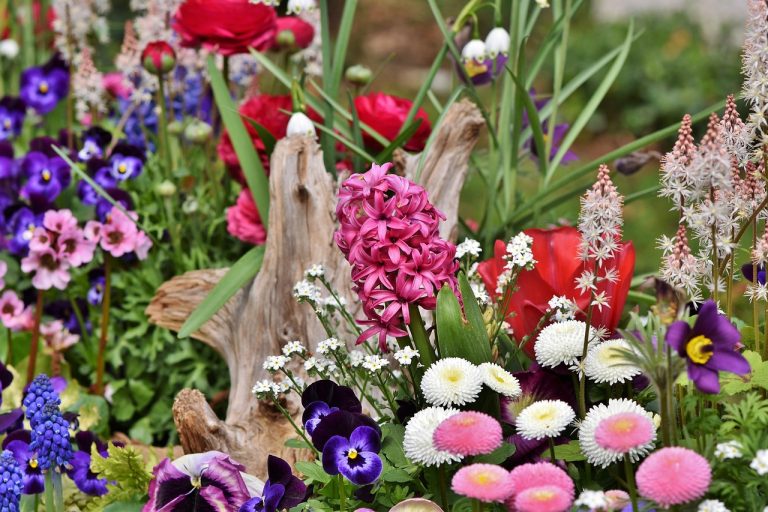ARE DELPHINIUMS (LARKSPUR) POISONOUS (12 Things you must know about)
Are Delphiniums (Larkspur) Poisonous: Delphiniums encompass a diverse genus of about 300 species, celebrated for their tall, showy spikes of flowers ranging from deep blues to pale pinks. Throughout history, they’ve been revered for their beauty, often featured in folklore and art.
Delphiniums, with their towering spikes of vibrant petals dancing in the breeze, captivate the essence of a picturesque garden. However, nestled within their breathtaking beauty lies a question that tinges their allure: Are Delphiniums, commonly known as Larkspur, as harmless as they appear, or do they harbor a hidden toxicity? Unveiling the secrets behind their enchanting facade, this exploration delves into the intriguing realm of Delphiniums and deciphers the truth about their potential toxicity.
ARE DELPHINIUMS (LARKSPUR) POISONOUS?
While admired for their aesthetics, various species of Delphiniums contain alkaloids like delphinine and others, which can be toxic if ingested in significant quantities. Common varieties include Delphinium ajacis and Delphinium elatum, among others.
Delphiniums, also known as Larkspur, spark curiosity regarding their toxicity. These striking flowers, adored for their vibrant colors and tall spires, conceal a potential hazard. Understanding Delphiniums’ poisonous nature becomes paramount, especially considering their beauty’s juxtaposition with potential harm.
Questions about their toxicity linger among gardeners and enthusiasts, urging clarification on the risks associated with these alluring blooms. Unraveling the mysteries of Delphinium toxicity unveils the delicate balance between their visual charm and potential danger, compelling individuals to seek clarity about their safety.
EFFECTS OF DELPHINIUM POISONING
Ingestion of Delphinium parts can lead to severe symptoms in humans and animals, including gastrointestinal upset, heart irregularities, and even neurological issues. Toxicity levels may vary based on the plant’s parts and concentration of alkaloids.
MANAGEMENT AND PREVENTION
Precautions must be taken when handling and growing Delphiniums. Wearing gloves, avoiding contact with eyes, and keeping them out of reach of pets and children are advisable. Understanding toxicity levels aids in preventive measures.
CULTURAL AND SYMBOLIC SIGNIFICANCE
Across cultures, Delphiniums symbolize different virtues like cheerfulness or heavenly transcendence. Their use in gardens and decorative arrangements is widespread, contributing to their symbolic significance.
MISCONCEPTIONS ABOUT DELPHINIUM TOXICITY
There are misconceptions about Delphiniums’ toxicity, leading to confusion among enthusiasts. Consulting reliable sources and experts is vital to dispel myths and understand accurate information.
UNDERSTANDING TOXICITY LEVELS
The concentration of toxins in Delphiniums can vary, influencing their overall toxicity. Comparative studies shed light on the differences between species and their potential dangers.
SAFE PRACTICES WITH DELPHINIUMS
Home gardeners should adhere to safe handling tips and best practices to minimize risks associated with Delphiniums. Educating oneself about these practices is crucial for enthusiasts.
EXPERT OPINIONS AND STUDIES
Botanists and toxicologists offer valuable insights into Delphinium toxicity, backed by ongoing research findings. Their expertise contributes significantly to understanding the risks involved.
DEBUNKING MYTHS AND RUMORS
Addressing popular beliefs surrounding Delphinium toxicity is essential, emphasizing factual evidence over hearsay or misconceptions.
RESPONSIBILITY IN CULTIVATION
Growers and sellers have a responsibility to provide accurate information about Delphiniums’ toxicity, ensuring ethical practices in distribution and sale.
EDUCATING THE PUBLIC
Raising awareness through campaigns and clear communication about risks and benefits aids in responsible engagement with Delphiniums.
FUTURE DIRECTIONS IN RESEARCH
Continued research may uncover new facets of Delphinium toxicity, potentially leading to advancements in understanding and managing their risks.
Frequently Asked Questions (FAQ) about “Are Delphiniums (Larkspur) Poisonous”
Are all species of Delphiniums poisonous?
No, while many species contain toxic alkaloids, not all Delphiniums are equally poisonous. Some varieties have higher concentrations of toxins than others.
How do I recognize if my pet has been poisoned by Delphiniums?
Symptoms in pets may include drooling, vomiting, diarrhea, tremors, and irregular heartbeat. Seek veterinary assistance immediately if you suspect poisoning.
Can Delphinium toxicity be lethal to humans?
Ingesting significant amounts of certain Delphinium species can indeed be fatal to humans, causing severe cardiac and neurological issues.
What parts of Delphiniums are toxic?
The entire plant contains toxic alkaloids, but the highest concentration is typically found in the seeds and young plants.
How can I safely handle Delphiniums in my garden?
Wear gloves while handling Delphiniums to avoid skin contact and never consume any part of the plant. Keep them away from children and pets.
Are Delphiniums safe to use in flower arrangements indoors?
It’s advisable to exercise caution. Avoid prolonged contact and ensure good ventilation to reduce any potential risk of exposure.
Can I mitigate the toxicity of Delphiniums by cooking or drying them?
No, cooking or drying does not eliminate the toxic alkaloids present in Delphiniums. They remain poisonous even in these altered states.
Are there any medicinal uses for Delphiniums despite their toxicity?
Historically, some cultures used specific parts for medicinal purposes, but due to their toxicity, their use in modern medicine is highly discouraged.
Where can I find reliable information about Delphinium toxicity?
Reputable botanical gardens, agriculture extension offices, or poison control centers can provide accurate information. Consult reliable online sources backed by experts.
Are there alternative flowers similar to Delphiniums but non-toxic?
Yes, flowers like larkspur (Consolida spp.), lupine (Lupinus spp.), or snapdragons (Antirrhinum spp.) resemble Delphiniums and are non-toxic alternatives for gardens and arrangements.
CONCLUSION
The allure of Delphiniums intertwines with a cautionary tale of potential toxicity. While these blooms paint landscapes with their vivid hues and historical significance, their hidden danger demands awareness and respect. Understanding the risks associated with Delphiniums allows us to cherish their beauty responsibly, navigating through gardens and decorative arrangements with a newfound appreciation tempered by knowledge. By heeding precautions and dispelling misconceptions, we can savor the elegance of Delphiniums while safeguarding against their potentially harmful effects.


